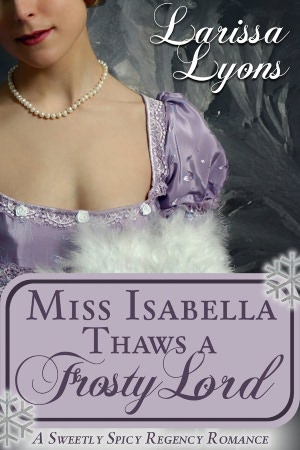Another year has come and gone and as we close on 2011 I wanted to create a fun piece of digital art using some of the Ackermann Repository images I've been posting in the last half of this year.
 |
| Waiting for Midnight by EKDuncan 2011 |
Many Regency era balls and gatherings went late into the night and onto the early morning hours; so as we wait up to ring in the new year, my pretty ladies are wishing you all a very Happy New Year.
I celebrate the passing of 2011 as the year I learned Photoshop and started to create digital art.
I look forward to a more exciting 2012 as I expand on those creative skills and add to them.
Thanks to all my blog followers and those who have let me know how much you are enjoying my posts and the images. I hope you find my posts for 2012 just as enjoyable.
Here are the items I used to create
"Waiting for Midnight"
Regency Ladies
Fashions for 1827 & 1828
 |
| 41 of my favorite Ackermann Fashion plates |
I took 41 of my favorite Ackermann Fashion plates, removed the backgrounds and created
png of them so they could easily be used in digital art creations like the scene above
"Waiting for Midnight". A zip file of them can be downloaded from my deviantArt account
by going HERE and clicking the download button.
Ackermann's Repository published 2 fashion plates in every monthly issue from 1809 - 1828
and they are all posted by year here on my blog - here are the quick links for them all.
Ackermann's ran series 1 from 1809 - 1815
Series 1 - Vol 1 & 2 - 1809
Series 1 - Vol 3 & 4 - 1810
Series 1 - Vol 5 & 6 - 1811
Series 1 - Vol 7 & 8 - 1812
Series 1 - Vol 9 & 10 - 1813
Series 1 - Vol 11 & 12 - 1814
Series 1 - Vol 13 & 14 - 1815
Series 1 - Vol 3 & 4 - 1810
Series 1 - Vol 5 & 6 - 1811
Series 1 - Vol 7 & 8 - 1812
Series 1 - Vol 9 & 10 - 1813
Series 1 - Vol 11 & 12 - 1814
Series 1 - Vol 13 & 14 - 1815
Ackermann's ran series 2 from 1816 - 1822
Regency Scenery & Curtains
Blue Curtain
I used both the "open window" and "curtain only" images in my digital scene.
This allowed me to add extra "drop shadow" in Photoshop for the curtain portion of the image.
 |
| Curtain only - png |
 |
| Blank window - png |
 |
| Original Ackermann's 1820 Curtain Furniture Plate |
Here is an example where I took one of the Ackermann Repository curtain plates
and adjusted it to my creative needs.
You can view all the Original Ackermann Repository curtain plates HERE
To see all my post using Ackermann Repository curtains click HERE
The EKDuncan "digital art ready png versions" of the Ackermann Curtains
are on my deviantART account - HERE
Back Room
 |
| EKDuncan version of the below Ackermann's Image |
adjusting some color filters to get the look I was going for to add to my scene.
To learn more see my "Create a Room" post on my other blog "My Fanciful Muse".
 |
| The Original Ackermann's Furniture Plate |
1824 Regency Clock
 |
| EKDuncan version of the original clock |
you will see a clock sitting on the table against the back wall.
 |
| 1824 - Ackermann's Repository - Original Image |
Framing the Scene
I don't like to leave my scene "hanging" in space so I usually frame them.
In "Waiting for Midnight" the frame is a composite of a real frame and a fireplace surround
from and 1813 issue of Ackermann's Repository.
 |
| EKDuncan frame composite |
 |
| Original 1813 Ackermann's Furniture Plate of a "Smoke Conductor" |
as one of the elements of the frame around the Midnight scene.
The metal frame portion and other real frames from my
personal collection can be seen on my deviantArt account - HERE
I hope you have enjoyed this last post for 2011 and I look forward to starting
2012 with a few more posts from Ackermann's Repository.
Wishing you all my best.
PS - to see other fun digital scene I've created using
Ackermann Repository images, see the links below.
Happy Christmas
Beautiful Day for a Walk
Regency Ladies with a Gothic View
Regency Ladies with a Curtain View
Regency Beauties - Set the Stage
Ladies in a Midnight Garden
Regency Ghost Scene
























































